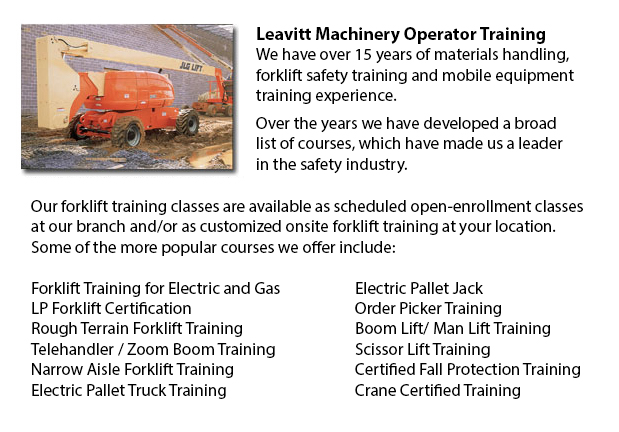
Boom Lift Operator Training Vancouver - A cherry picker is a kind of aerial work platform. Cherry pickers have a platform or bucket at the hydraulic lifting system's end. The device is also called a boom lift, man lift, hydraladder or basket crane.
The bucket or platform is normally mounted on the back of a big motor vehicle such as a truck, that is occasionally referred to as a bucket truck. A stand-alone trailer, self-moving platform or flat back pickup van could also be utilized. The worker stands and begins working inside the bucket. The individual inside the bucket often includes an upper set of controls allowing control of the position of the bucket. The bucket's reach could be extended on various models by telescoping to adjust the lifting arm. Automatic safety controls prevent tipping. Articulated boom lifts are recommended for working within tight areas or when it is necessary to clear obstacles.
As the name implies, cherry pickers were made for picking fruit at high levels in trees. Cherry pickers are utilized in a variety of other industries, like for example construction, mining and exterior painting. Sometimes they are utilized for cleaning windows on high structures. The machines are utilized to service electrical equipment, telephone and cable television on utility poles. Occasionally, firefighters make use of cherry pickers, know as snorkels, when ladders are insufficient. At Christmas season, civic workers can be seen inside cherry pickers hanging banners and lights.
Boom Lift Operator Safety Training
The business suggests Safety Awareness Training meets standards set by your local regulations. Program consists of safe operation procedures through a combination of hands-on and classroom components.
Sessions comprise the following topics: current regulation and applicable concerns; general equipment safety considerations; features of boom lifts; fall protection, other stationary work platform and scissor lifts.
The responsibilities of the lift operator are covered, like the following topics: workplace inspections; function test procedures; knowing and avoiding dangers; pre-operation check procedures; and equipment manufacturer's directions.
-
Telehandler Ticket Vancouver
Telehandler Ticket Vancouver - The telescopic handler or telehandler is a frequently used equipment in agricultural and industrial applications. This equipment is similar in appearance to a forklift and also functions in a similar way, even if teleha... More -
Forklift Operator Certification Vancouver
Forklift Operator Certification Vancouver - Forklift operator certification is usually needed for employees working within industrial, warehouse or construction environments to guarantee the safe operation of forklifts. Workplace training need to fol... More -
Certified Fall Protection Training in Vancouver
There are high numbers of injuries at work linked to falling and a lot of fall-related deaths reported each and every year. The majority of these instances might have been avoided with better training, better measures in place, and by correctly equip... More -
Forklift Training Course Vancouver
Forklift Training Course Vancouver - CSA and OSHA establish criteria for forklift safety training which meets existing standards and regulations. Anyone planning to utilize a forklift is needed to successfully complete safety training prior to using... More -
Overhead Crane Certification Vancouver
Overhead Crane Certification Vancouver - The overhead crane certification course is a program that is designed to assist trainees, even if they have literacy or language restrictions. The course comprises a practical hands-on training session and a c... More -
Forklift Instructor Training Vancouver
Forklift Instructor Training Vancouver - Forklift Instructor training certification is recommended for forklift operators who would like to become instructors. To qualify for forklift instructor training, operators must be able to prove they possess... More -
Crane / Overhead Crane / Truck Mounted Crane / Hydraulic Cranes Training in Vancouver
Overhead cranes are likewise referred to as bridge cranes. They are actually a type of crane which comprises a hook and line apparatus which runs along a horizontal beam which runs along two widely separated rails. Lots of overhead cranes can be foun... More -
Scissor Lift Safety Training Vancouver
Scissor Lift Safety Training Vancouver - A scissor lift is a kind of platform lift that moves vertically. The lift table is moved in a vertical motion because of criss-cross folding supports which are linked in what is referred to as a pantograph. Th... More

Forklift Training Vancouver
TOLL FREE: 1-888-254-6157
24389 Fraser Highway
Langley, British Columbia
forklifttrainingvancouver.com
Email Us
About Us


